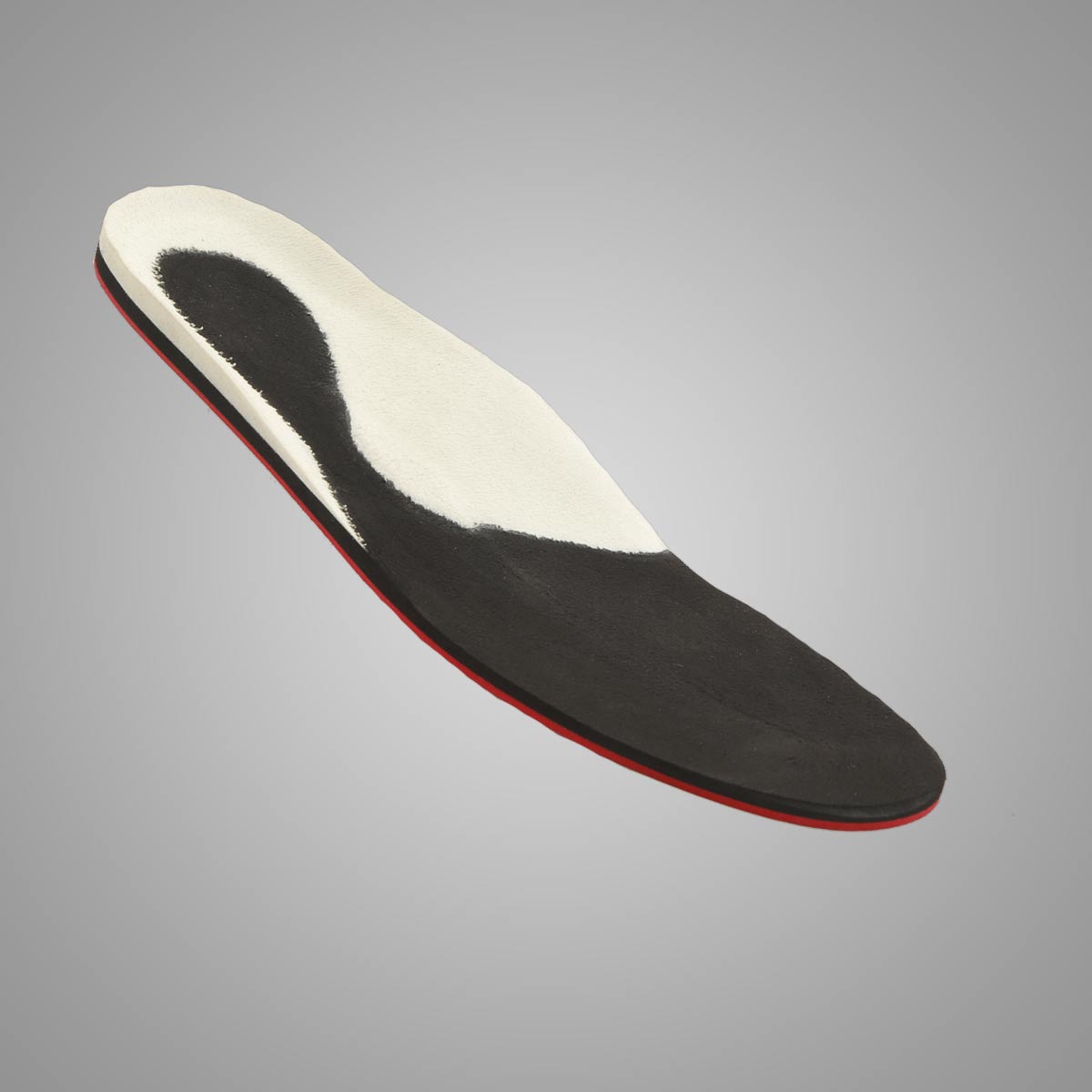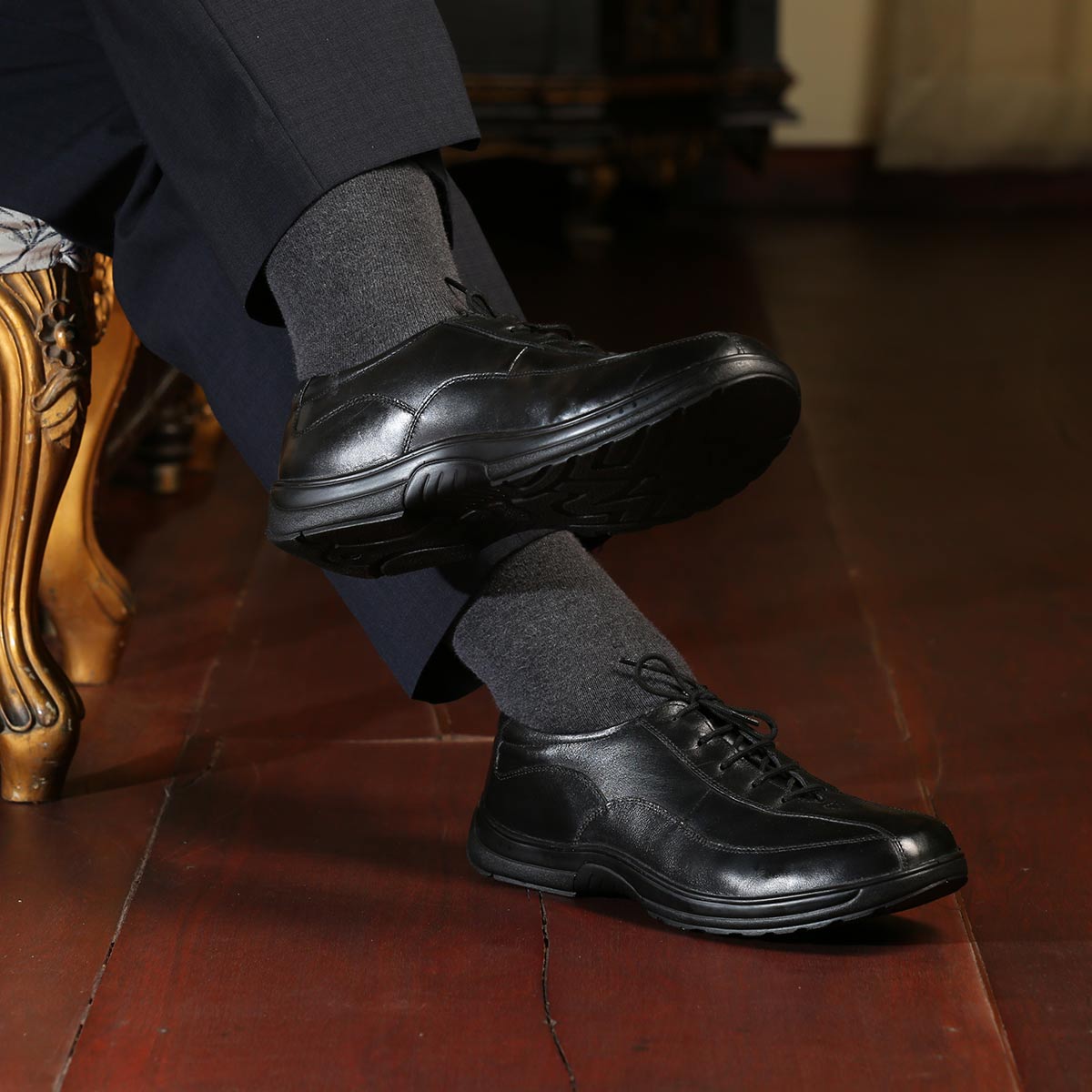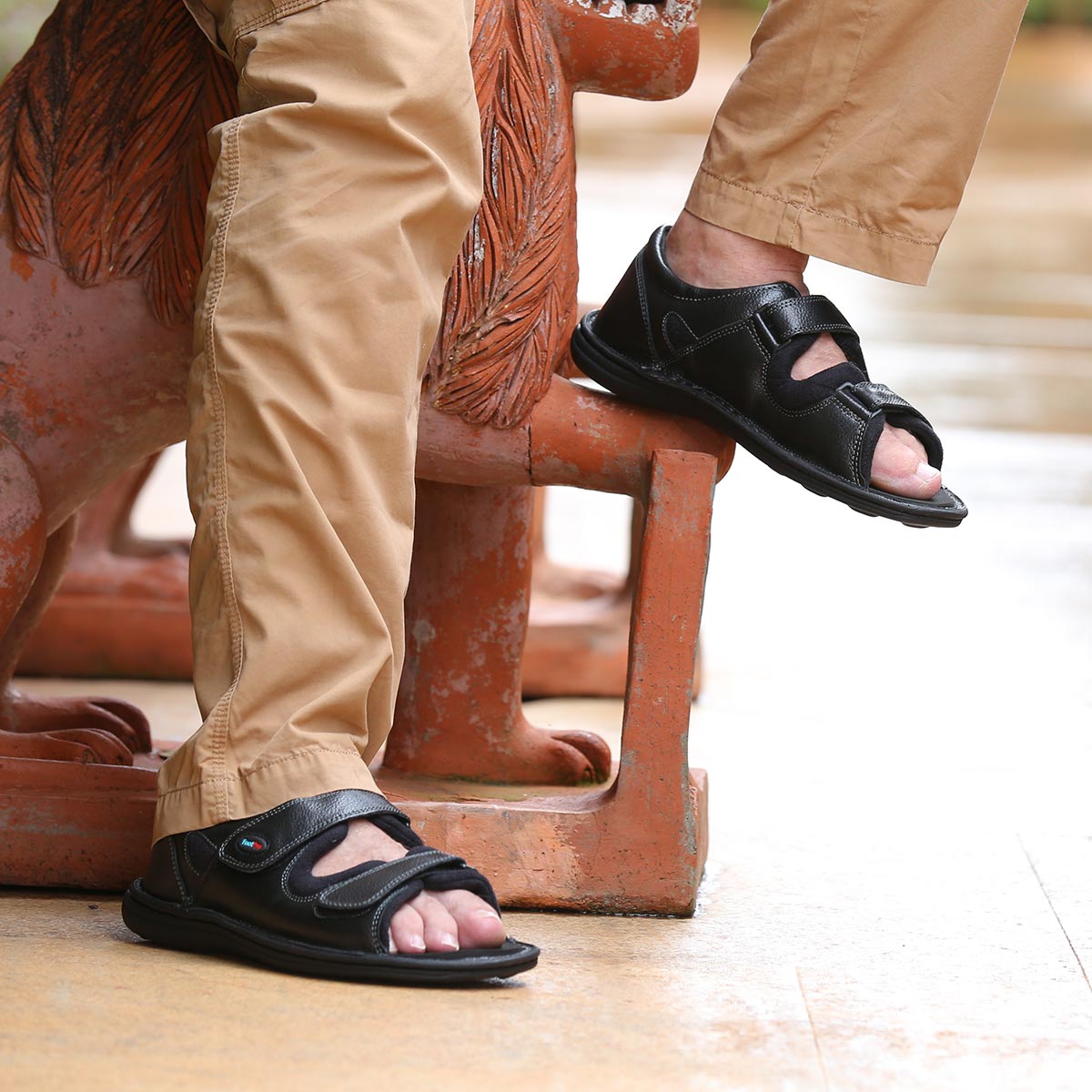
What are Varicose veins
What are varicose veins?
Varicose veins are enlarged, swollen, and twisting veins, often appearing blue or dark purple on the legs and feet.
They happen when faulty valves in the veins do not work properly and allow blood to flow in the wrong direction or to pool. The veins become weak, large, and twisted.
More than 23% of all adults are thought to be affected by varicose veins.
• Symptoms can include aching legs, swollen ankles, and spider veins.
The veins rarely need treatment for health reasons, but if swelling, aching, and painful legs result, and if there is considerable discomfort, treatment is available.
In severe cases, a varicose vein may rupture, or develop into varicose ulcers on the skin. These will require treatment.

Symptoms
In the majority of cases, there is no pain, but signs and symptoms of varicose veins may include:
Veins look twisted, swollen, and lumpy (bulging), or appear bluish or dark purple , aching legs ,legs feel heavy, especially after exercise or at night, longer bleeding than normal in case of injury, swollen ankles,spider veins, skin discoloration, which is usually brownish or blue in color,Skin becoming red, dry, and itchy and when suddenly standing up, some individuals experience leg cramps.
Risk factors
Experts are not sure why the walls of veins stretch or why the valves become faulty. In many cases, it occurs for no clear reason. However, some potential risk factors include:
- Gender: Varicose veins affect women more often than males. It may be that female hormones relax veins. If so, taking birth control pills or hormone therapy (HT) might contribute.
- Genetics: Varicose veins often run in families.
- Obesity: Being overweight or obese increases the risk of varicose veins.
- Age: The risk increases with age, especially after 50, due to wear and tear on vein valves.
- Standing for long periods: An individual who has to spend a long time standing at work may have a higher chance of varicose veins.
- Pregnancy : Pregnant women are more susceptible to varicose veins. Pregnant women have much more blood in their body; this places extra pressure on the circulatory system.
- Menopause
Treatment
If the patient has no symptoms or discomfort and is not bothered by the sight of varicose veins, treatment might not be necessary. However, if there are symptoms, treatment may be required to reduce pain or discomfort, address complications, such as leg ulcers, skin discoloration, or swelling.
Some patients may also want treatment for cosmetic reasons - they want to get rid of the "ugly" varicose veins.
Different types of treatments are available for varicose veins , which has to be administered under doctor supervision.
Another safe approach is to use correction insoles, which has been shown to improve veinous back-flow and aids in blood circulation. Insoles, which are resilient to body weight offers pump effect due to its rebounding capabilities. FootPro insoles are made with EVA (Ethylene Vinyl Acetate) , which offers the bounce-back effect for a longer period of time.
Prevention
Measures can be taken at home to improve pain and prevent varicose veins from worsening. These include:
- Exercising,for example, walking ,maintaining a healthy weight, avoid standing still for too long, Avoiding sitting with the legs crossed,which may impair circulation, Sit or sleep with your feet raised on a pillow,Anyone who has to stand for their job should try to move around at least once every 30 minutes, Losing weight, avoiding prolonged standing or sitting, Topical creams and emollients. These can help soothe pain, and improve comfort and they may improve the general appearance of varicose veins.
- Compression stockings - They squeeze the patient's legs and improve circulation.
- Correction Insoles: Custom made Insoles from FootPro have been shown to improve blood flow and circulation. Although doctor intervention is required for a permanent solution, our insoles have been effective in reducing skin discoloration and reduction in pain and provides overall comfort while walking.



















